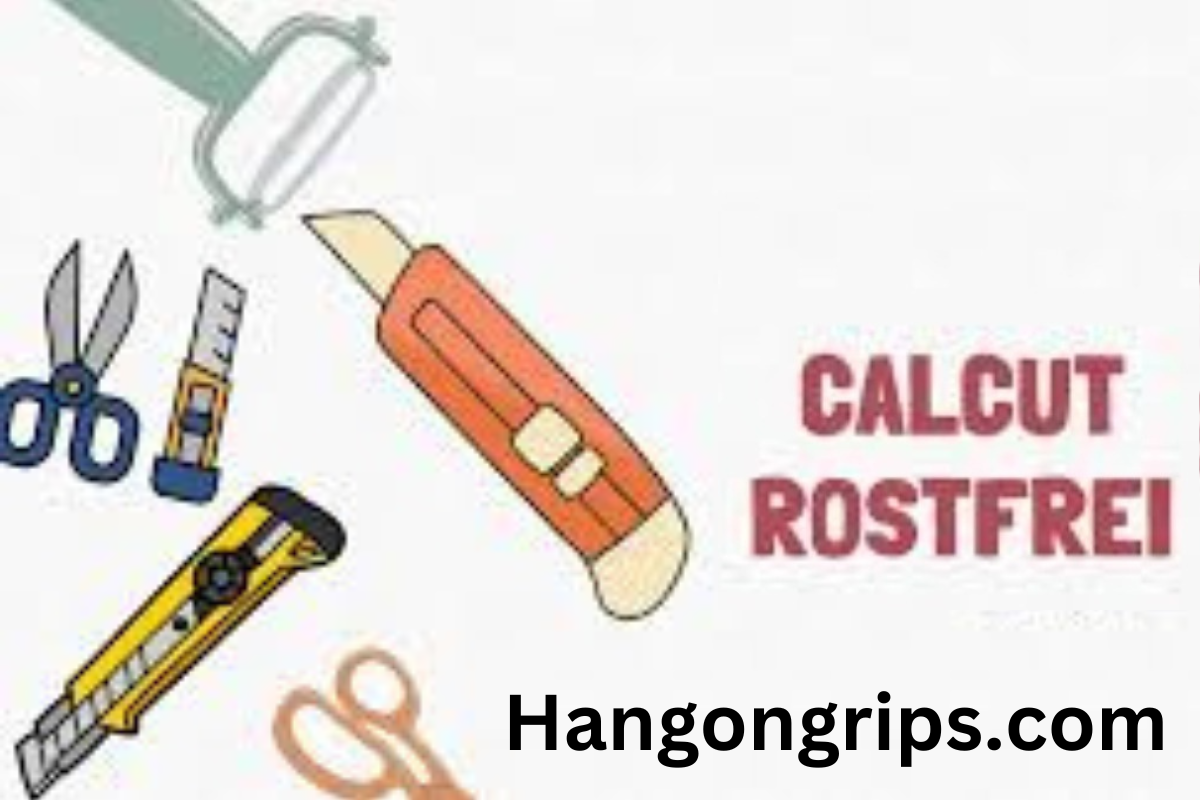Knots occur in a wide range of styles, each with its own unique function. The Crock Knot is an exceptional knot due to its adaptability, strength, and ease of use. From sailing and fishing to crafts and even ornamental reasons, this knot has many uses. The ability to tie the it is an asset in any boater’s toolbox or do-it-yourselfer’s toolbox. Here you will find a detailed explanation of the it, as well as its origins, construction, applications, and variants, as well as instructions on how to tie it.
The Crock Knot’s Past and Present
The origins of the Crock Knot are not as thoroughly recorded as some other common knots, however it is thought to have been used for centuries in marine traditions. The effectiveness and usefulness of knots like the Crock Knot led to their development for usage in sailing and fishing. Sailors and fisherman required knots that could bind ropes firmly and be released with ease when needed.
Although its origins are shrouded in mystery, the Crock Knot has undoubtedly become an indispensable tool for knotters everywhere. Its practicality and simple design make it a popular among sailors, fishermen, and even craftsmen. Over time, the Crock Knot has been tweaked in many ways to suit certain demands, but the underlying structure stays surprisingly unaltered. Its simplicity is one of the reasons it continues to be so popular.
The Crock Knot’s existence across many cultures shows that its design was independently discovered and propagated via similar behaviors, such as commerce and maritime expedition. Today, the Crock Knot is widely known and utilized in different disciplines, indicating that even the simplest tools, like knots, can endure the test of time.
Structure and Components of the Crock Knot
The Crock Knot is recognized for its simplistic design. While it may appear sophisticated at first sight, it is made up of only a few basic components. The fundamental construction comprises of two ropes (or cords), which are woven together in a certain manner to make a tight knot. The components of the knot are the rope’s working end, the standing section, and the loops that are generated when you tie the knot.
The rope used for the Crock Knot might vary based on its intended application. In yachting, sailors frequently utilize heavier ropes composed of nylon or polyester. For fishing, the knot could be made using thinner, stronger fishing line. The strength and flexibility of the knot primarily rely on the material selected. The most essential thing is to ensure that the rope is strong enough to hold the burden, particularly if the knot is used for attaching big goods.
The important aspect of the Crock Knot is the way it wraps around itself, forming a locking mechanism that keeps the strands securely in place. This basic but efficient design makes the it trustworthy solution for many diverse applications. In essence, the knot’s design is a masterclass in simplicity, producing a strong and solid link without any additional intricacy.
Step-by-Step Guide to Tying the Crock Knot
Learning to knot the Crock Knot is simpler than you would believe. With only a few basic steps, you may learn this essential knot and use it into many activities. Here’s an easy method to help you tie the Crock Knot.
- Start with two ropes or cords. Hold one rope in each hand, ensuring that the ropes are aligned and of equal length.
- Make a loop in one rope. Take the working end of one rope and construct a loop by crossing it over the standing section. Hold this loop in place with your thumb and index finger.
- Cross the second rope over the first. Take the working end of the second rope and cross it over the first rope, passing under the initial loop that you formed.
- Pass the second rope through the first loop. Take the working end of the second rope and pass it through the loop you established in step 2. This should make a simple knot.
- Tighten the knot. Pull both ropes in different directions to tighten the knot. Make sure the knot is solid and the ropes are tied firmly.
- Adjust the knot as needed. You may need to modify the loops or ends of the ropes to make sure the knot is equal and secure.
With practice, you’ll be able to knot the Crock Knot swiftly and confidently. The more you practice, the more natural it will seem, and you’ll be able to employ it in numerous scenarios.
Uses of the Crock Knot
The Crock Knot is highly adaptable and may be used in a number of different settings. Its most prevalent usage are in sailing, fishing, and crafts. Let’s take a deeper look at how the Crock Knot is employed in each of these areas.
In sailing, the Crock Knot is used to attach ropes to posts or other ropes. It is especially helpful for attaching lines that need to endure pressure, such as the ropes used to hold sails or the lines that link to a boat’s dock. The knot’s ability to keep firm under strain makes it suitable for nautical usage, where ropes are regularly exposed to wind, water, and other factors.
In fishing, the Crock Knot may be used to tie hooks, lures, or other fishing equipment to fishing lines. Its strength and convenience of tying make it a popular option for fishermen who need to change gear fast. The knot guarantees that the hook or bait remains firmly in position, even when a huge fish exerts pressure on the line.
For crafts, notably in macramé or jewelry creation, the Crock Knot is used for constructing beautiful objects. Its neat and tidy look makes it a popular option for knotting cords or thread to create attractive patterns and decorations. It is also used in making knots for keychains, necklaces, and other DIY items.
Overall, the Crock Knot’s utilitarian character and simplicity of application make it a go-to knot for a range of activities.
Variations of the Crock Knot
Although the Crock Knot itself is a basic and trustworthy knot, there are a few modifications that may be done depending on the job at hand. These variants may modify the way the knot is made, but the underlying principles stay the same.
One typical version is the double Crock Knot. In this variation, an additional spin is added to the knot to provide a more robust and stronger link. This may be especially beneficial when tying heavy-duty ropes or when more strength is required. The second turn helps distribute the weight more evenly, lessening the likelihood of the knot sliding or coming undone.
Another form is the Crock Knot with a stopper knot at the end. This version is frequently used for connecting ropes to poles or other anchors. The stopper knot stops the Crock Knot from sliding out of position, ensuring that it stays tight even under great stress.
In rare circumstances, the it may be done using alternative materials, such as fishing line, leather cords, or cloth. The material you pick will impact the knot’s strength and flexibility.
These modifications enable the Crock Knot to be customized to diverse situations, providing it even greater adaptability and usefulness.
Troubleshooting and Tips
While the Crock Knot is simple to tie, there are a few things to keep in mind to guarantee it stands up properly. Here are some useful hints and frequent troubleshooting recommendations.
- Ensure the knot is tight. When tying the Crock Knot, make sure you pull both ends of the rope securely to tighten the knot. A loose knot is more prone to slide or come undone, particularly while under strain.
- Use the correct rope for the job. Not all ropes are made equal, so select one that matches the purpose. For example, if you’re using the knot for sailing, use a strong, sturdy rope that can take the pressure. For ornamental reasons, a thinner, more flexible rope could be ideal.
- Check the knot regularly. If you’re using the Crock Knot for a critical duty, such as in sailing or fishing, check it often to make sure it’s still secure. Ropes may deteriorate with time, and a knot that was tight previously may loosen.
- Practice makes perfect. The more you practice tying the Crock Knot, the faster and more confident you’ll become. Over time, you’ll be able to knot it without thinking, making it an even more trustworthy tool.
By keeping these recommendations in mind, you’ll guarantee that the it performs as efficiently as possible for all your jobs.
Conclusion
The Crock Knot is one of the most useful and adaptable knots you can master. Its simple form, simplicity of tying, and strength make it a good option for a broad variety of activities, from sailing to fishing to handicraft. Whether you’re wanting to secure hefty objects or construct beautiful things, the Crock Knot gives a solid and lasting solution. By knowing its structure, learning how to tie it, and experimenting with variants, you can make the most of this crucial knot. With experience, the it will become a tool you can depend on for years to come.











